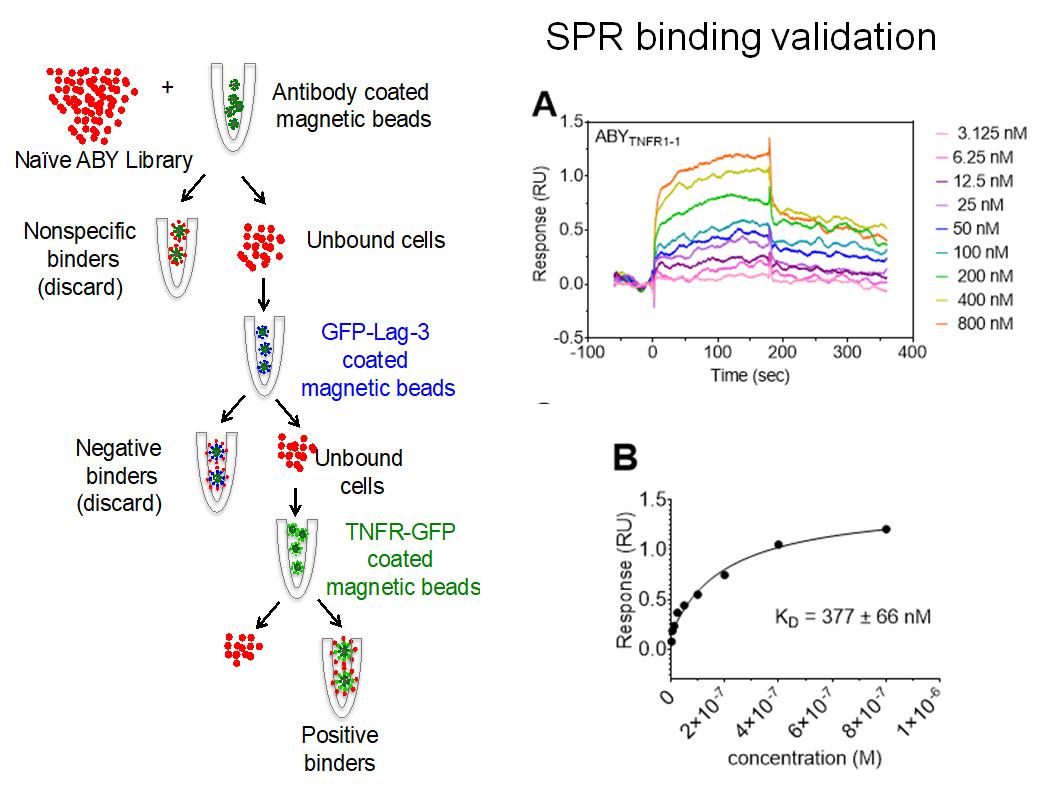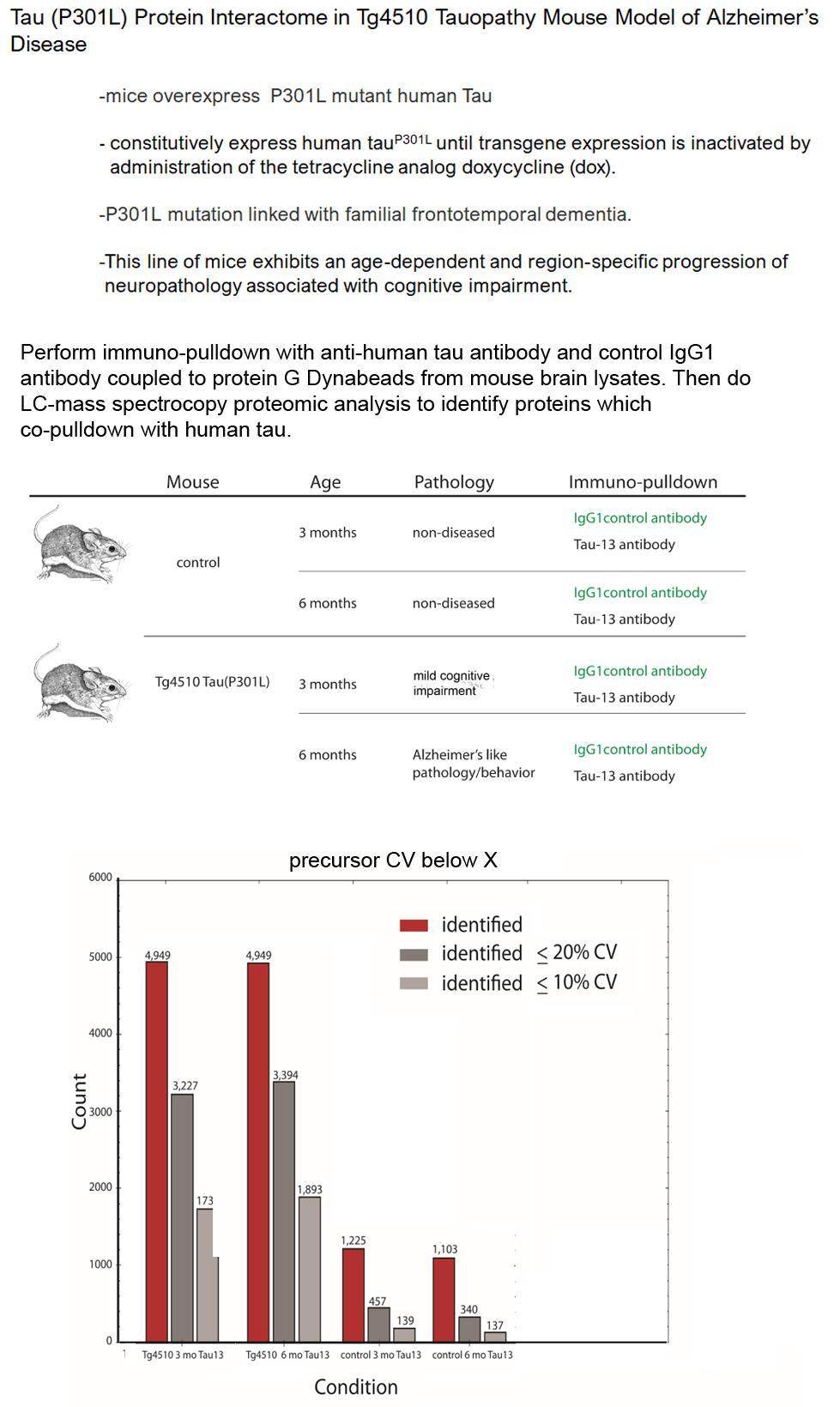Discovering Novel Therapeutics for Neurodegenerative Disease
Discovering Small Molecules to Disrupt Toxic Oligomerization of α-Synuclein and Tau
Our goal is to find novel small molecules capable of inhibiting the toxic aggregation of intrinsically disordered proteins (IDPs) and their associated cellular insults using FRET biosensors and neuronal cell models specific to each disease of interest.
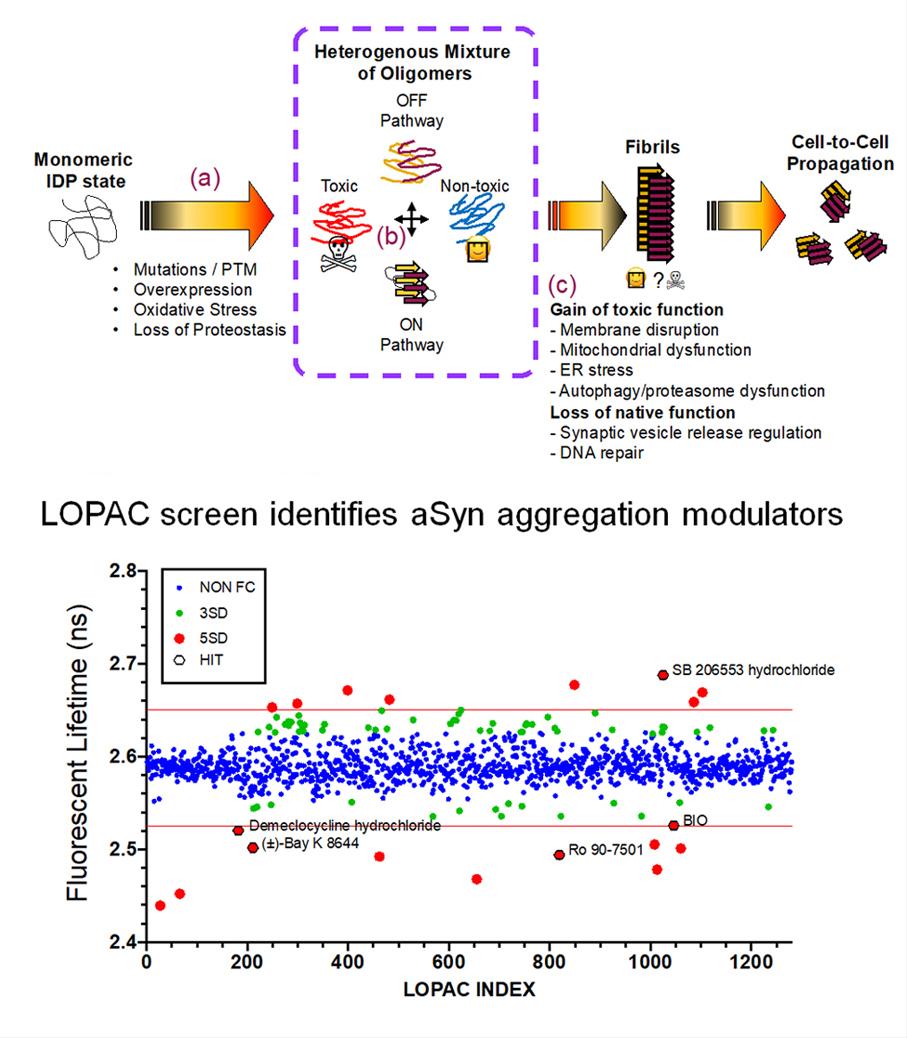
Developing Phenotypic Biosensors for Neurodegenerative Disorders
The cellular pathology induced by IDPs is broad as it can include membrane, mitochondrial, nuclear and protein clearance deficits, among other affected organelles and pathways. Our lab is both actively adapting and engineering novel fluorescence-based phenotypic biosensors that can probe for these dysfunctions and are amenable to high-throughput screening platforms.
For example, we have demonstrated that overexpression of tau protein in human cells can lead to the formation of aggregates which correlate with dysfunctional autophagy and proteasomal processes. Using our biosensors, we were able to identify small molecules capable of activating the proteasomal pathways and degrade toxic tau species. Furthermore, we have developed neural organoid models capable of growing neurites that correlate with healthy neuronal populations.
Using FRET screening on tau, we identified MK-886, a small molecule capable of activating the proteosome and degrading toxic tau species, leading to healthier neuronal outgrowth from human neurospheres.
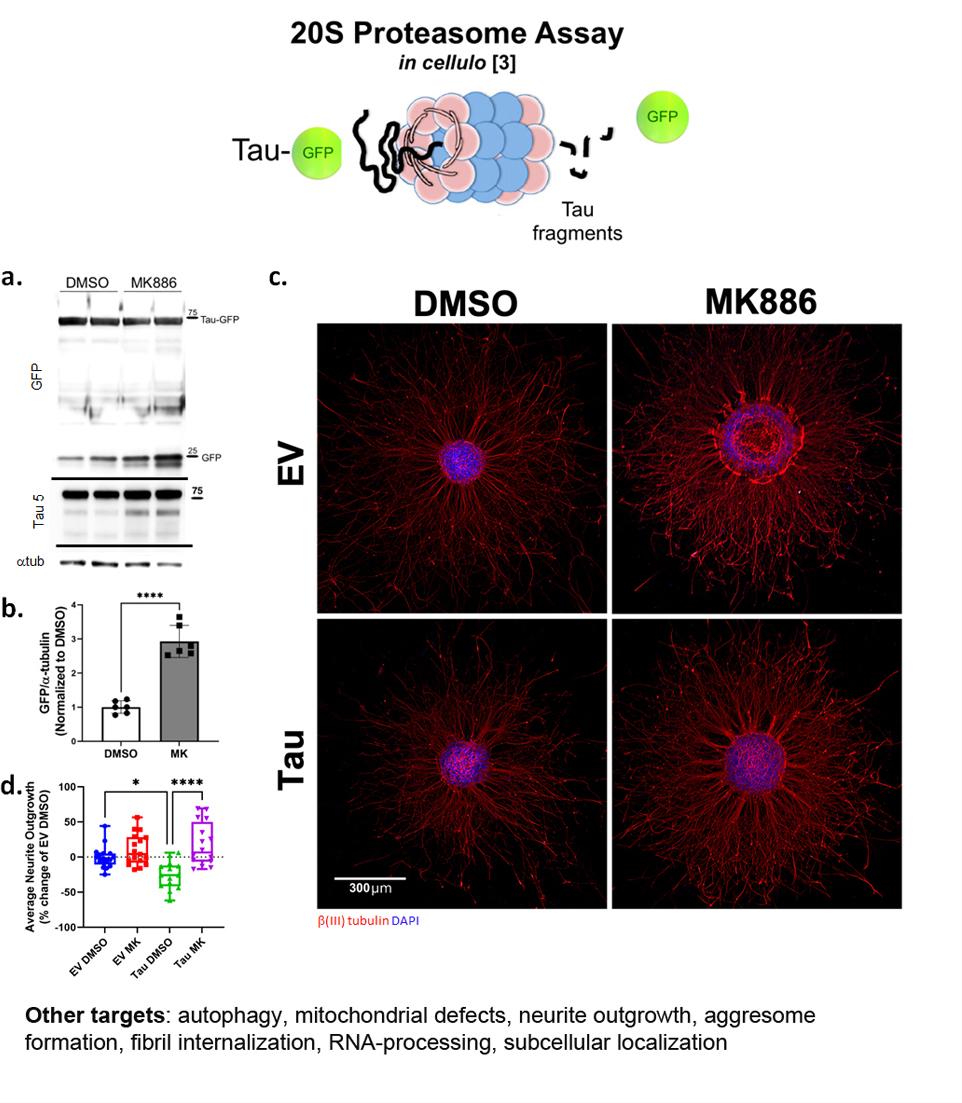
Discovering Novel Therapeutics for Inflammatory Disorders
Discovering Small Molecules Targeting TNF-Super Family Receptors
Our goal is to find novel small molecules and affibodies that selectively modulate the activity of TNF receptors, which are master regulators of cell survival highly associated with inflammatory diseases and cancer.
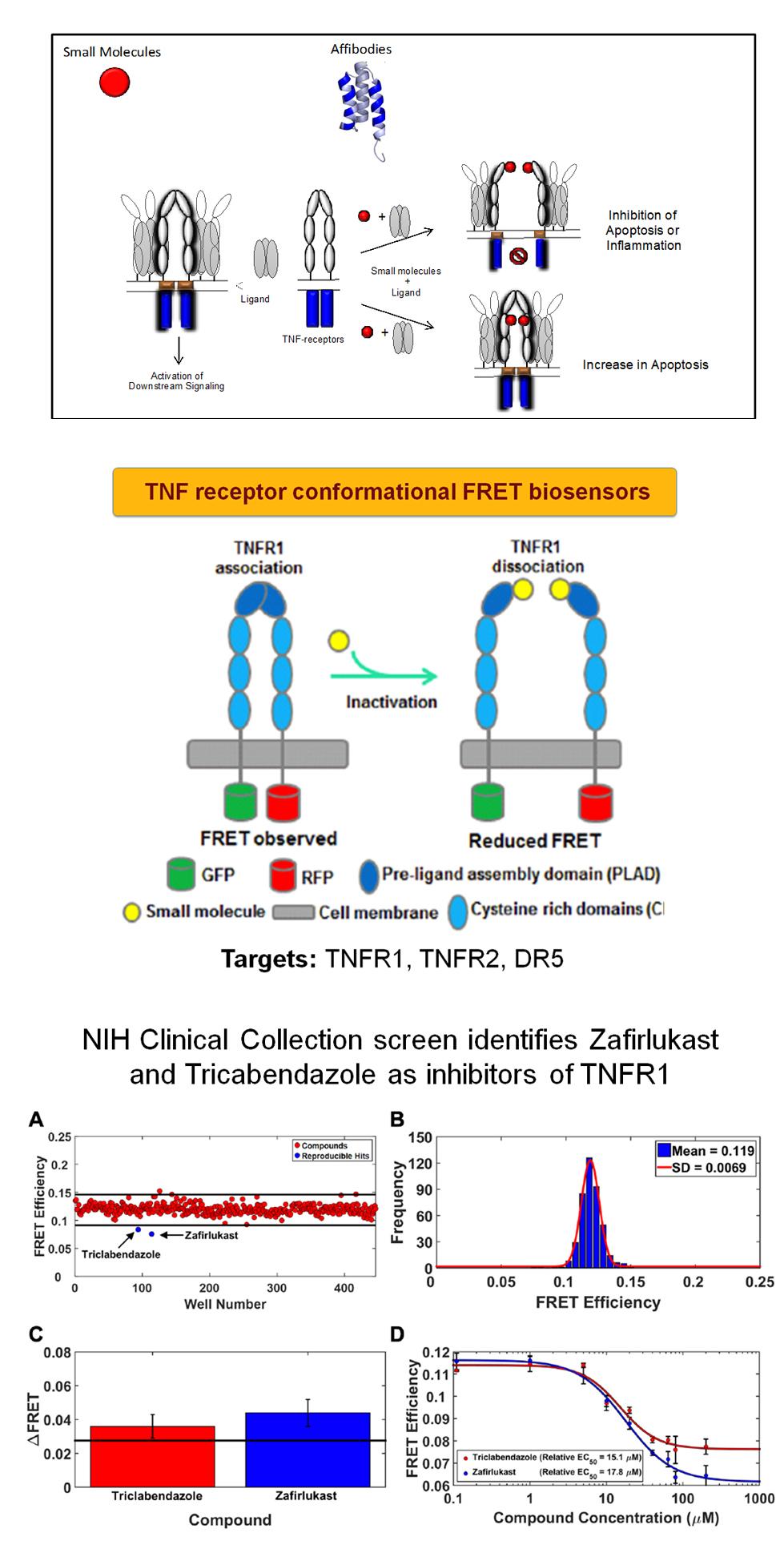
Engineering Affibodies that Modulate TNF-Super Family Receptor Function
We utilize yeast surface display of large affibody-encoding libraries to identify strong affibody binders of TNF receptors. We can adapt this technology to other target transmembrane receptors of interest.
